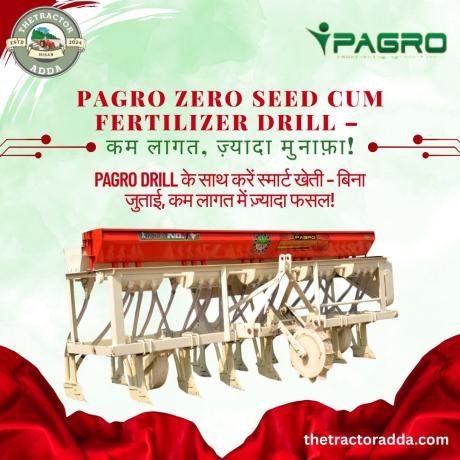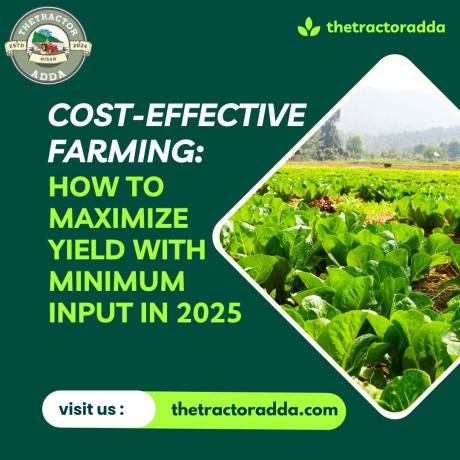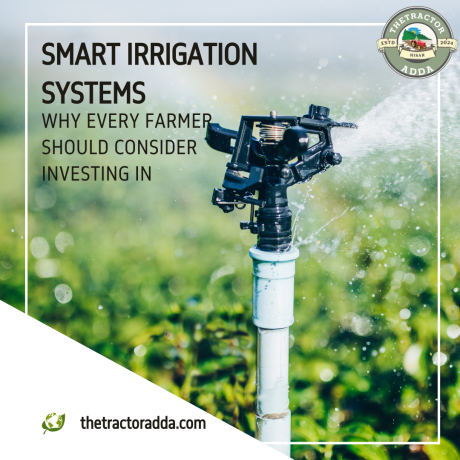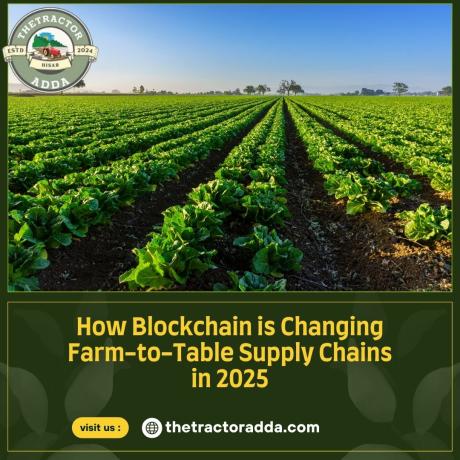Organic Farming Meets Technology: 2025 Trends You Need to Know
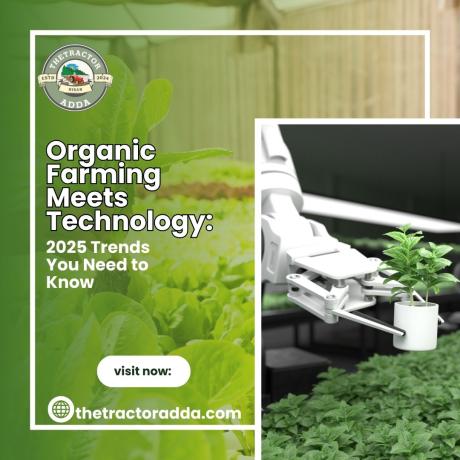
Blog Description
Gone are the days when organic farming meant doing everything manually. In 2025, technology has stepped into organic fields too—making it smarter, more productive, and surprisingly efficient. But can tech and "organic" really go hand in hand? Absolutely. Let’s dive into how innovation is transforming sustainable farming this year.
???? 1. AI-Powered Crop Monitoring
Artificial Intelligence is helping organic farmers track crop health in real time. With the help of drones and sensors, AI can detect early signs of disease, water stress, and pest activity—without using harmful chemicals. Farmers get alerts directly on their phones, helping them act fast and naturally.
????️ 2. Climate-Smart Farming Tools
With unpredictable weather, climate-smart tools are game-changers. Automated weather stations, solar-powered sensors, and AI models help organic farmers make better planting and harvesting decisions—saving both time and yield.
???? 3. Mobile Apps for Organic Certification & Guidance
New mobile apps are guiding farmers through organic certification processes, pest control tips, crop rotation schedules, and eco-friendly fertilizers. These platforms are helping small farmers shift from chemical-based to organic methods with ease.
???? 4. Smart Irrigation Systems
Water is gold in organic farming. IoT-enabled drip irrigation systems now ensure water goes exactly where it’s needed, reducing waste and boosting plant health. Smart sensors also monitor soil moisture levels for precise irrigation.
???? 5. Natural Input Tech
Biotech companies are creating AI-based recommendations for natural fertilizers, bio-pesticides, and composting techniques tailored to specific crops and regions. These tools ensure organic farms stay chemical-free—without compromising productivity.
???? 6. Blockchain for Organic Transparency
Trust is key in organic produce. Blockchain technology now tracks every stage—from seed to shelf—ensuring what’s labeled "organic" is genuinely organic. This builds trust for consumers and better pricing for farmers.
???? 7. Drones & Robotics in Organic Fields
Don’t be surprised if you see drones flying over organic farms in 2025. They’re used for spraying organic-approved bio-pesticides and monitoring field conditions. Even lightweight robots are now used for hand-free weeding and harvesting in small plots.
